classic
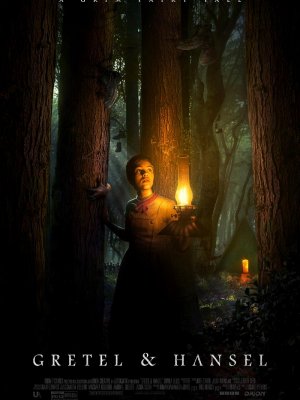 | Gretel & HanselMovie Review Anyone familiar with the original versions of classic fairy tales like “Hansel and Gretel” already knows that they have lots of horror movie potential. As a rule though, most attempts to capture these tales on film tend to miss the mark. It’s clear from the conspicuous reversal of the titular names that Gretel & Hansel hopes to distinguish itself from the rest of the pack right from the get-go, but does it actually do the job, or are you better off spending 90 minutes of your time on some other film? ... Read More |
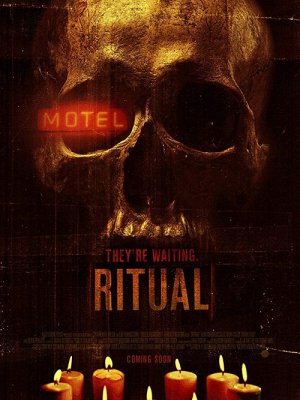 | RitualMovie Review A married couple with a complicated relationship, a corpse, and a room at a less than reputable motel. It’s a classic formula for a horror movie that’s no doubt familiar for many genre fans. It’s also the set-up for Mickey Keating’s 2013 film, Ritual. Ritual is the 14th original film distributed by After Dark Originals. It stars Dean Cates (Pod) and... Read More |
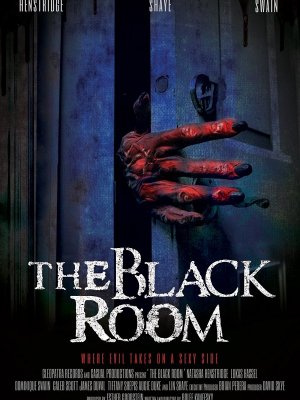 | The Black RoomMovie Review When it comes to classic horror tropes – like haunted houses and the dark secrets they hide – there’s definitely more than one way to approach material that is very familiar to the average genre fan by now. More and more modern filmmakers are adopting a cerebral approach and turning their haunted house movies into social commentaries with something larger to say. Others are focused on simply telling a good scary story with plenty of jump scares and special effects. Still more go for an exploitive approach that is almost intentionally trashy. The Black Room... Read More |
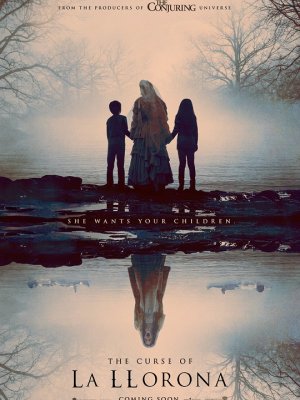 | The Curse of La LloronaMovie Review If you’re a fan of the ever-expanding universe of The Conjuring, then it makes sense that The Curse of La Llorona would definitely be on your radar. It is the sixth addition to the franchise, joining other recent hits like The Nun and Annabelle in fleshing out the world first introduced by the original Conjuring back in 2013. It’s also the directorial debut of... Read More |
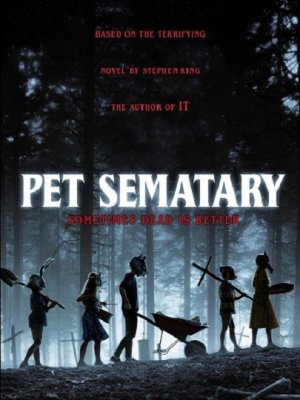 | Pet SemataryMovie Review Whether you’re the type of person who loves remakes or simply the type who loves to hate them, it’s highly likely that 2019’s Pet Sematary is on your radar for one reason or another if you’re into horror. It’s directed by Kevin Kölsch and Dennis Widmyer (who also directed Starry Eyes) and is, of course, a reboot of the classic Stephen King film... Read More |
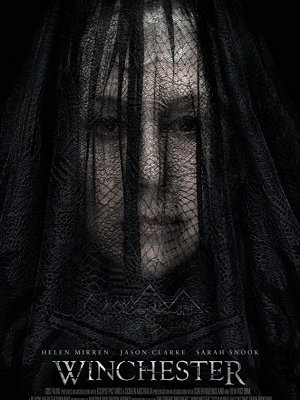 | WinchesterMovie Review What horror fan doesn’t love a good haunted house story – especially one based on real people, places, and events? That’s Winchester in a nutshell. If you’ve ever been to San Jose’s Winchester Mystery House (or heard of it), then you’re already somewhat familiar with the backstory to Winchester. Also known as “the house that ghosts built”, the Winchester Mystery House was built by Sarah Winchester, widow of William Winchester, inventor of the famous rifle. After her husband and daughter both pass away, the grieving Sarah becomes convinced that she’s... Read More |
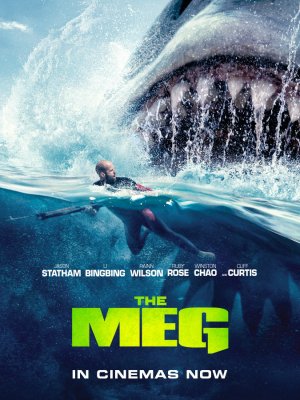 | The MegMovie Review Naturally, no summer would be complete without a glossy, action-packed blockbuster or two for the theater goers among us to gasp over, right? Creature feature fans, not to mention people that have been patiently waiting decades for the next Jaws, have been especially excited for the recent premiere of The Meg. But is The Meg really worth your hard-earned cash and limited spare time or is it more likely to leave you feeling all wet? The Meg stars everyone’s favorite antihero, Jason Statham (The Fate of the Furious,... Read More |
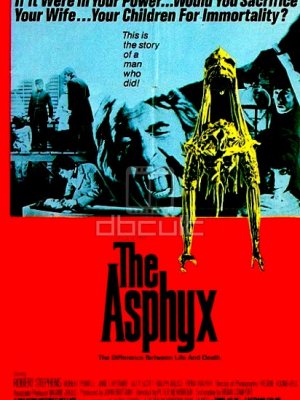 | The AsphyxMovie Review The quest to cheat death is a familiar one in horror fiction, and Sir Hugo Cunningham, the protagonist of The Asphyx, belongs to a long tradition of mad and semi-mad scientists driven to unravel the secret to immortality. |
 | The beautiful Nikki Kris about her movie CIRCUS ROADInterview Nikki Kris is known for her work on Whiskey Tango Foxtrot (2016), War on Everyone (2016) and Preacher (2016). She started acting in feature films during high school, with a local production company from Austin, Texas. During her first day on set, she fell in love with production and has never stopped chasing her passion. |
 | Interview with Director of Bunnyman Vengeance MovieInterview Carl Lindbergh graduated from California State University Long Beach and received a Bachelor of Arts degree in film production. Shortly after graduation, Lindbergh formed his first production company, ANOC PRODUCTIONS i.e. A NO ONE CARES PRODUCTIONS. The company would primarily focus on the funding and production of his feature films. Lindbergh made his directorial debut with the self financed film, "Shadows of the Dead", a unique horror/drama that defies the expected conventional clichés associated with the respective genres. The film received worldwide distribution from FIRST LOOK features. Within the span of... Read More |
